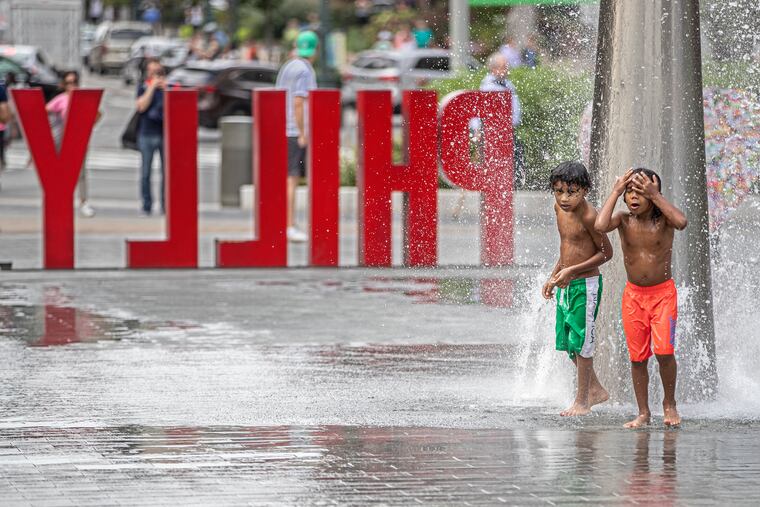By 2041, Philadelphia summers might feel like — Orlando? | Opinion
We're on the road to hotter and hotter temperatures in the Keystone State.

From hotter, wetter weather to less distinct boundaries between fall and winter, the Northeast U.S. is seeing major changes to its seasons under climate change — ones that strike at the heart of our regional identity, writes the Franklin Institute’s Rachel Valletta. She argues that people in Philadelphia and beyond can take steps to reduce the impact, and save our seasons.
To give context to those changes, the Penn State College of Agricultural Sciences Environment and Natural Resources Institute shared research with the Inquirer showing how summers in particular are set to change. In less than 25 years, the Institute’s researchers estimate that Philadelphia’s summer temperatures may match what Floridians saw in Orlando between 1981 and 2000. That’s their prediction from assessing the effects of changing weather conditions on agriculture, health, tourism, forestry, and energy in the 2015 Pennsylvania Climate Impact Assessment Update.
Temperatures in Pennsylvania and worldwide have increased thanks to rising emissions of gases, like carbon dioxide, into the earth’s atmosphere that trap in heat. If these emission trends continue, summers in Pennsylvania will keep getting hotter — eventually mirroring current temperatures in cities to the south, the researchers found.
These maps illustrate the expected shifts driven by climate change, showing the kinds of temperatures Pennsylvanians will have to live with in 2041-2070. By then, Philadelphia will feel like Orlando, Harrisburg like Birmingham, AL — and we’ll all likely be much sweatier.
The graphic is based on information developed by Andrew Ross and Raymond Najjar, Penn State Professor of Meteorology and Atmospheric Science for the Penn State College of Agricultural Sciences Environment and Natural Resources Institute, and is used with permission of the Institute.